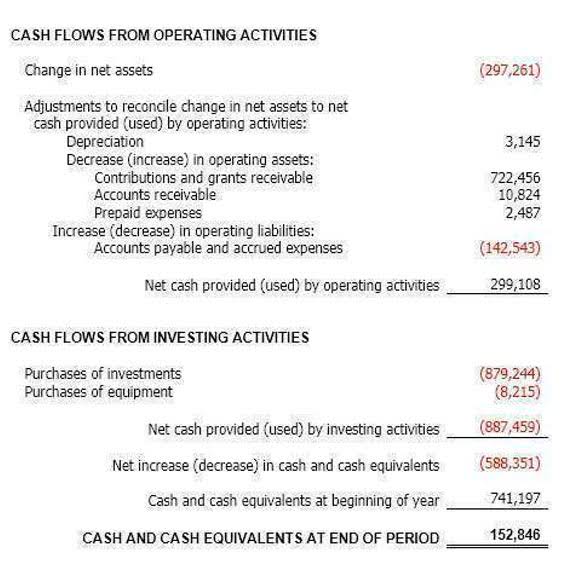
To ensure the information and advice in this post are correct, sufficient, and appropriate for your situation, please consult a licensed attorney. Also, using or accessing ContractsCounsel’s site does not create an attorney-client relationship between you and ContractsCounsel. A ‘per retainer fee’ is an upfront payment to secure a professional’s ongoing services, often billed monthly, ensuring their availability for future work.

STEP 1️⃣# Initial Consultation
- Talk about what charges might be incurred in addition to your retainers, such as court fees, postage, communications, administrative fees, or travel expenses, and how those will be covered.
- If you hire them with a general retainer, which means you pay them every month regardless of whether you use their services, the work they do will vary based on the terms of your agreement.
- Fee-shifting statutes and rules vary from state to state, but these statutes typically require the loser in a civil lawsuit to pay for the legal fees and costs of the winning (i.e., prevailing) party.
- When you hire an attorney on a flat fee basis, you are paying one flat fee for a task.
- This will help to ensure that payment is processed smoothly and that the retainer is replenished as needed.
If this were to happen, the attorney would have to return the retainer paid by the client. For example, you can offer a basic retainer that covers a set number of billable hours or a more comprehensive retainer that covers all services provided. This allows clients to choose the level of coverage that best meets their needs and budget. For clients, a retainer provides peace of mind that they have dedicated legal representation to work on their retainer fee case.
How Can Lawyers Use Google Scholar for Legal Research?
A retainer agreement not only maps out the attorney-client relationship, but it can also shape the outcome of your legal situation. It’s important to discuss expenses upfront with your lawyer and ensure that they are clearly outlined in the retainer agreement. This helps avoid misunderstandings and ensures transparency in the financial aspects of your legal payroll representation. The lawyer will explain their fee structure, which might involve hourly rates, flat fees, or a retainer agreement.

What are Some Other Types of Legal Fee Arrangements?
Retainer records are kept up to the moment and can be accessed at a moment’s notice. It is your money, you should be able to find out how much you have at any time. Engaging with an experienced lawyer provides peace of mind and cultivates a trustful alliance. Such professionals can meticulously navigate the complex breadth of legal situations. Their expertise and guidance can prove invaluable during potentially stressful periods.

New Zealand Law Society – Dual Retainers
Before agreeing to work with a lawyer, it is important to have him or her explain the fee structure, and how and why it is subject to change, in full. While cases may take an unexpected turn, lawyers can usually provide you with a fair estimate of the length of time they will need to spend on the case. It is typically deposited into a trust or escrow account and used to cover legal services as they are rendered. The attorney bills against the retainer, deducting fees and expenses, and may request replenishment of the retainer if it becomes depleted before the case is resolved.

An experienced family law attorney explains how best to file for divorce and outlines considerations to take. So, in a nutshell, a lawyer retainer is like having a legal buddy on standby, ready to tackle your legal troubles with you every step of the way. The lawyer should always be aware of their obligations to the insured under rules 4.2, 6.1 and 8.7 of the CCC and to the Court. If the lawyer is providing defence advice (as distinct from indemnity advice) to the insurer, that advice should also be provided to the insured.
What Is A Lawyer Retainer? 2024 Guide
The term lawyer retainer meaning is integral to understanding this arrangement. Fee-shifting statutes and rules vary from state to state, but these statutes typically require the loser in a civil lawsuit to pay for the legal fees and costs of the winning (i.e., prevailing) party. The intention behind fee-shifting statutes is to attract lawyers to public interest cases or cases involving less money that would otherwise not seem to be Law Firm Accounts Receivable Management worth an attorney’s time and investment. Importantly, any other expenses outside of hourly fees and retainer fees will often be listed in the attorney-client fee agreement.
Contingency Fee Cases
- A collaborative relationship enhances the effectiveness of the legal services and contributes to a positive working relationship.
- Find answers to all your queries regarding our legal billing software.
- A retainer is an advance payment made to a lawyer for future legal services.
- Although they may not be for everyone, retainers can bring an array of powerful benefits to many clients and lawyers.
- Additionally, they may want to collect a retainer fee at the start of the case to pay those expenses.
- It is important to note that all parties involved should always sign the fee agreement.
This fee structure can create a better client experience as clients can choose different methods of making payment. Additionally, they will have the assurance that a lawyer will offer service whenever they need it. The retainer fee might be $ 10,000 if the lawyers estimate the case will take up to 10 hours. If in the first month you work for two hours, your retainer will be reduced by $2000.
Rules and maintaining professional standards
If your legal situation is complicated and you need legal services from them beyond the initial advice they give you, then you might have to create a legal retainers agreement and pay them more. Instead, the payments come in various forms and structures, allowing lawyers to tailor them to the unique needs of their clients and firm. Next, we’ll delve into some of the common types of retainers—starting with a look at the difference between earned and unearned retainer fees. When a client pays a retainer fee, the lawyer agrees to take on the client’s case and provide legal services during the agreed-upon period.

